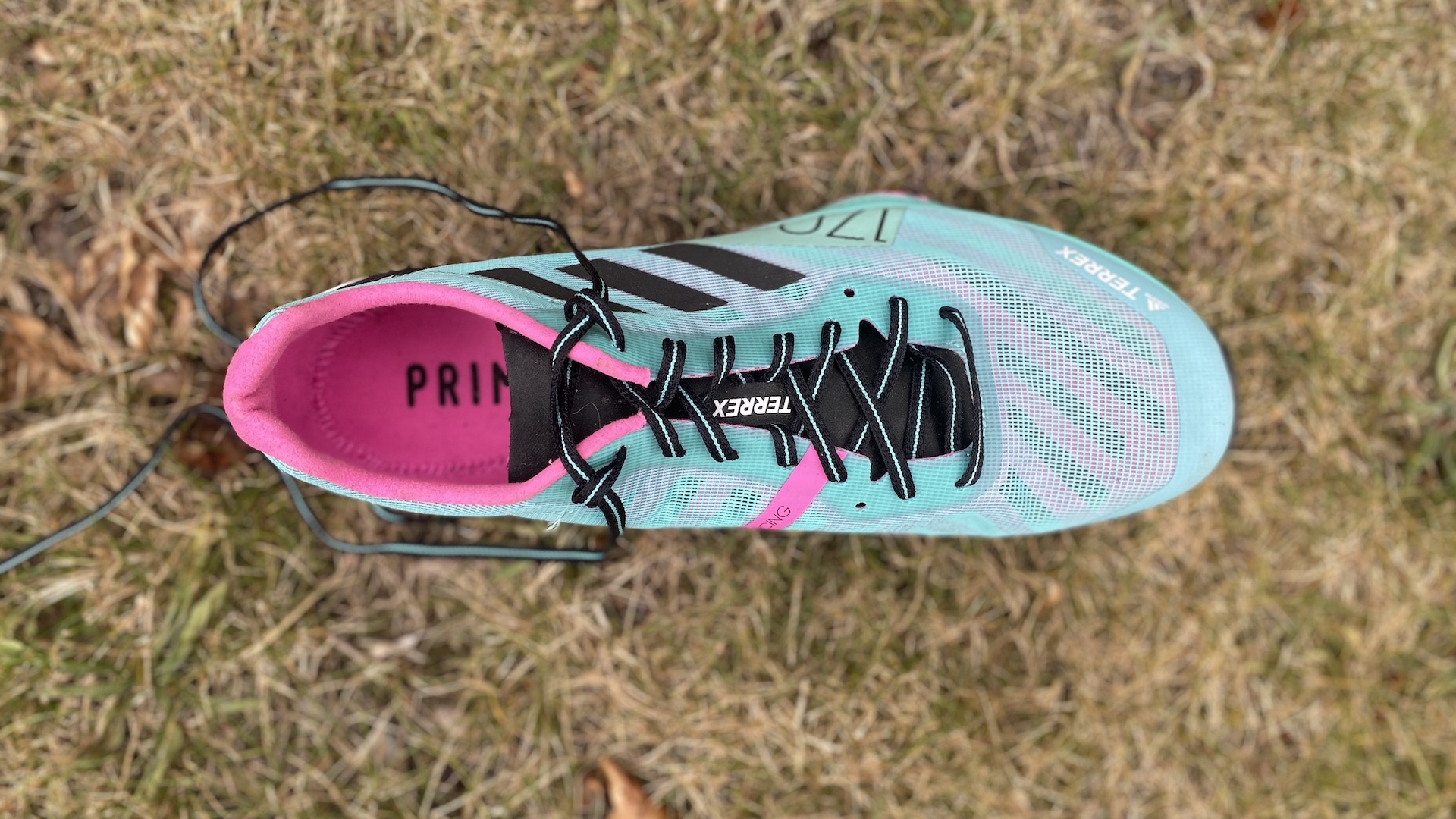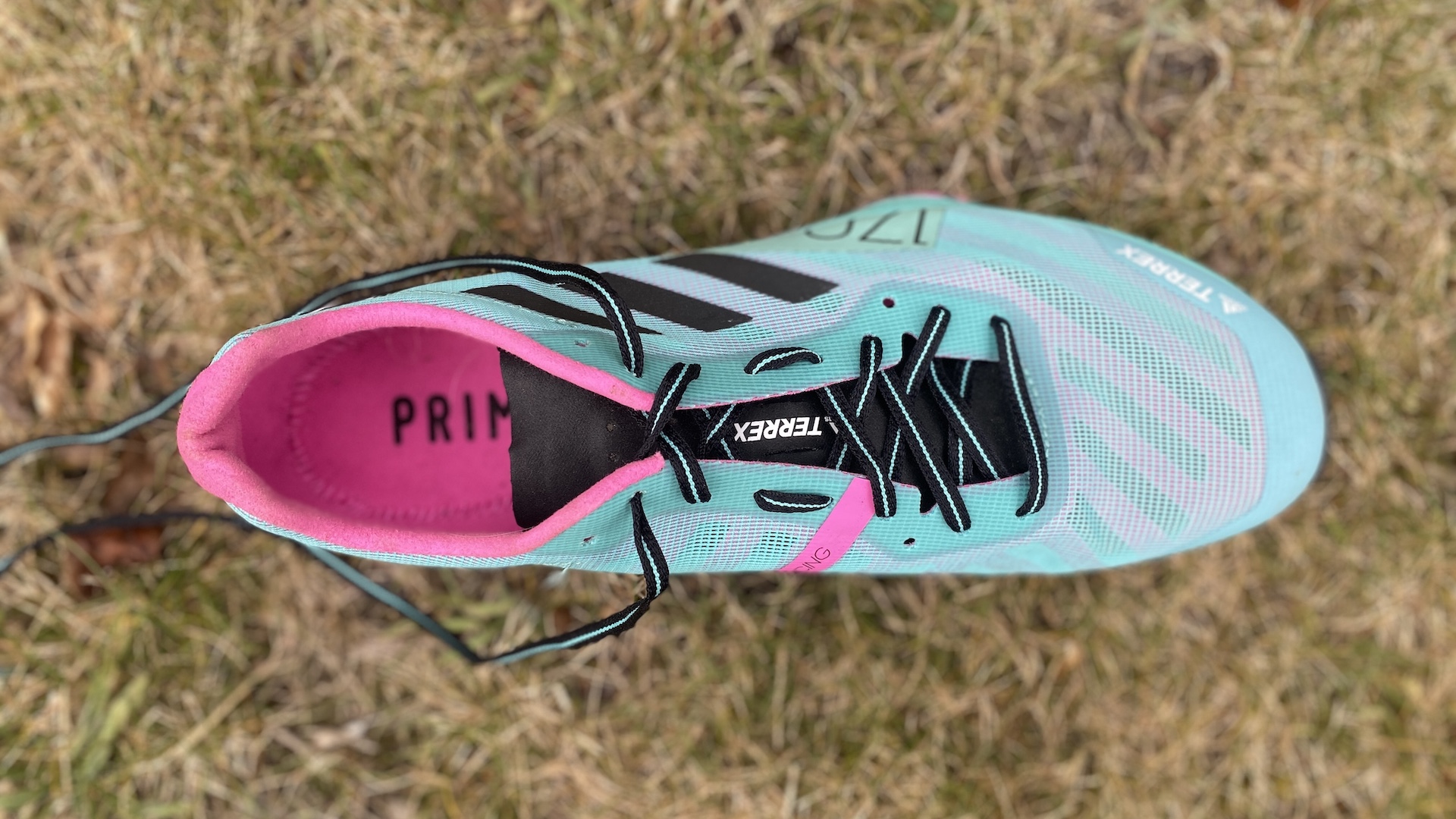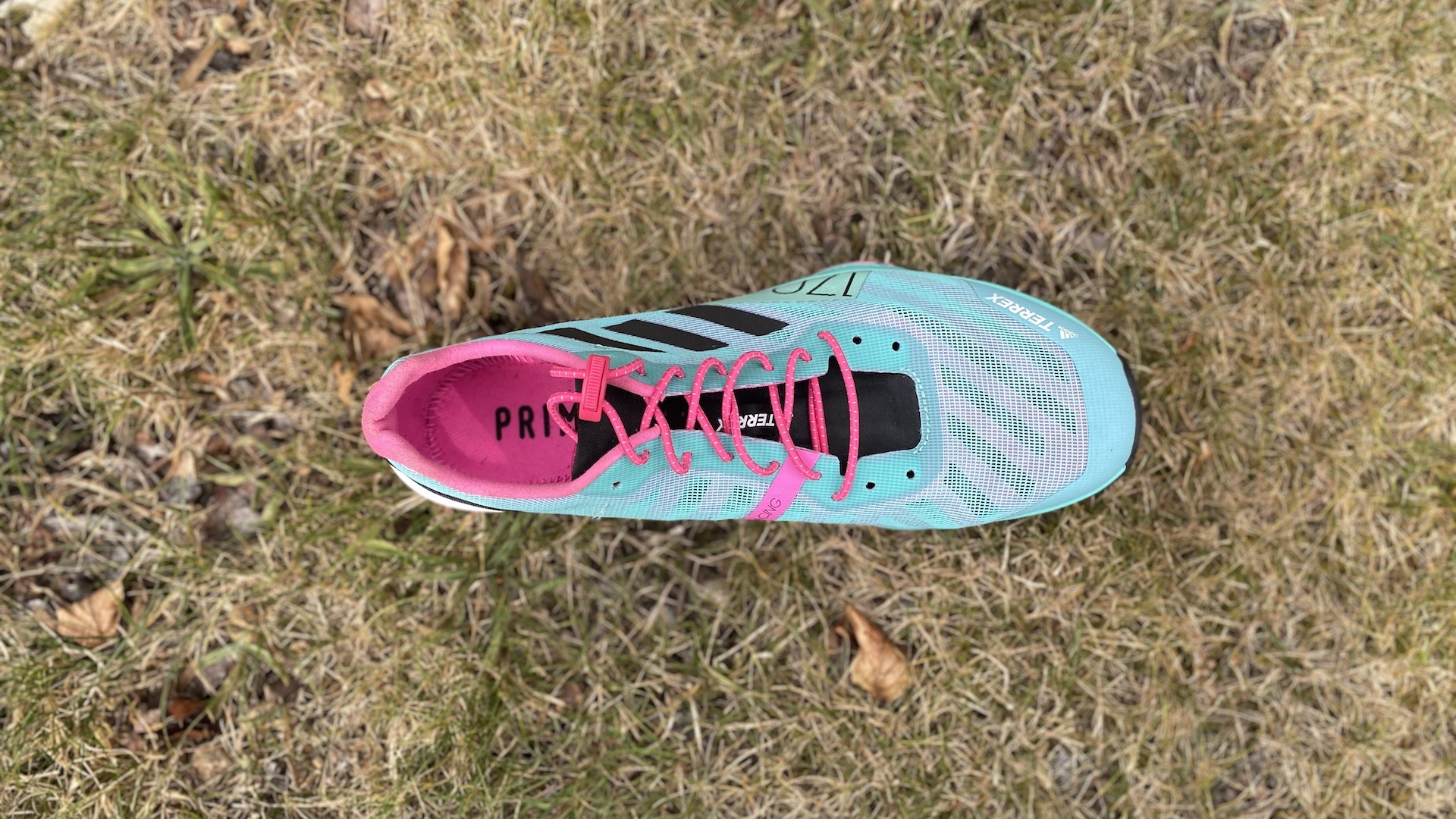How to lace your running shoes: 6 tried and tested methods
6 ways to lace running shoes for better fit, comfort and performance

Comfort is high on the list of important factors when buying running shoes. To achieve this the shoe should fit well and offer the right support to suit your running gait. There are also ways to aid comfort and performance by trying different lacing techniques for your running shoes.
6 tried and tested ways to lace running shoes

Loop lacing
If you find your heel moves up and down in your running shoe, or your whole foot slips forwards when running, you can add some extra security and support at the ankle by using an extra loop lacing technique.
To achieve this lacing, simply lace the shoes as normal. Keep criss-crossing the laces until you reach the second last eyelet from the top of the shoe on each side.
Rather than crossing over again, push the lace into the next hole up on the same side. Don't pull the lace all the way through just yet, but instead create a small loop on each side.
Then push the end of the lace on each side through the opposite loop. Pull the laces gently together until the loops disappear and the shoe is neat against the foot. Tie as normal.
You can also make use of the extra 'heel lock' eyelets that are designed into most running shoes.
All the latest inspiration, tips and guides to help you plan your next Advnture!

Gap lacing
If you have areas of the shoe that feel uncomfortable, for example a pressure on the top of the foot, or a feeling of discomfort lower down the top of the foot, you can employ a technique to create gaps. This will reduce pressure points but still keep the foot nicely supported.
To achieve this running shoe lacing technique, simply unlace the shoes down the shoe until you reach the point where you feel on-foot pressure. Now lace up again but miss out the cross-over from one eyelet to the next. Finish the lacing as usual.

Diagonal lacing
Diagonal lacing helps with discomfort in the toe box. To start this lacing technique, push the lace into the eyelet closest to your big toe and then thread the lace diagonally up the shoe to the eyelet at the top on the opposite side.
With the other end of the lace – it will need to be at least 10cm longer than the other end of the lace – use all the other eyelets on the shoe to form a cross-cross lacing system. At the top, tie the lace as usual.

Lydiard lacing
Invented by a running coach Arthur Lydiard, Lydiard lacing aims to relieve pressure along the length of the foot and also it allows for better blood circulation.
Simply half the lace and push the ends through the two eyelets at the bottom from the outside. Then criss-cross the laces, alternating each side of the lace. You should create an even pattern of lacing all the way up the shoe. Tie as normal.

Skip lacing
This is similar to gap lacing, but it is used with the Lydiard lacing system. If you have a high mid-foot or an area of the fort that feels pressure from lacing, you simply skip these eyelets.
Lace the shoe as normal for the Lydiard technique but skip two eyelets where you need to create more room.

Speed lacing
Some runners choose to elastic laces. There are a number of benefits to this lacing technique, including speed and support. It is faster to pull on and take off running shoes if you have elastic laces. In addition, many runners find that elastic laces offer a more even support along the foot.
A negative of elastic laces, however, is it can be difficult to loosen off one area of the shoe because they generally keep the same tension along the full lacing system.
Ensuring your running shoes are laced with one of these techniques will give you comfort, confidence and better performance whether road running or trail running.
- Best trail running shoes: for speed on tough terrain

Fiona Russell is a widely published adventure journalist and blogger, better known as Fiona Outdoors. She is based in Scotland and is an all-round outdoors enthusiast with favorite activities including trail running, mountain walking, mountain biking, road cycling, triathlon and skiing (both downhill and backcountry). Aside from her own adventures, Fiona's biggest aim is to inspire others to enjoy getting outside and exploring, especially through her writing. She is also rarely seen without a running skort! Find out more at Fiona Outdoors.
